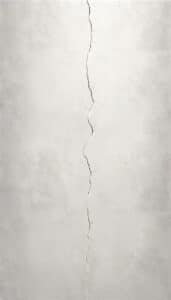The different types of underpinning are pier and beam, mini-piled, screw pile, and pit method. Each method guarantees the stability and safety of structures, especially in cases of subsidence.
These methods vary depending on the structural restoration services required from specialists.
This post will expand more on the various types of underpinning commonly used these days.
Types of Underpinning Methods
The most common types of underpinning techniques used today are pier and beam, pit, mini-piled, and screw pile methods.
Pier and Beam Method
The pier and beam method involves elevating a building above the ground, creating a crawl space that aids in both ventilation and access for repairs. Sturdy piers, usually made of concrete or steel, support the structure’s beams. This approach significantly mitigates risks related to soil movement.
An important consideration for homeowners is understanding how long does foundation repair take with this method. The time it takes typically varies based on the structure’s size and complexity of the underlying soil conditions.
Pit Method
The pit method of underpinning requires the excavation of pits at strategic points beneath a structure. These pits are then filled with concrete to strengthen the foundation. It’s particularly effective for shallow foundations needing modest enhancement.
The method is advantageous for its minimal disruption to the building’s usage and its environment. Its effectiveness, however, is based on the accuracy of pit placement and the quality of the concrete used.
Mini-Piled Underpinning
Mini-piled underpinning is a technique employed where traditional underpinning is not feasible due to the depth required or limited access. It involves drilling small diameter piles to transfer the building load to a more stable soil layer.
This method is ideal for complex soil conditions or when working near existing structures. The precision and depth achieved through this approach ensure a robust and long-lasting foundation solution.

Screw Pile Method
The screw pile method incorporates steel piles with helical blades that are screwed into the ground. This innovative technique allows for a quick installation with minimal soil disturbance.
It’s highly suitable for sites with variable soil conditions or in areas where traditional excavation methods are impractical. The strength and stability provided by screw piles make them a reliable choice for both new constructions and retrofitting existing structures.
What is the Best Type of Underpinning?
The screw pile method is the best type of underpinning. It’s the most ideal solution because it can be completed quickly while being minimally invasive. It’s also environmentally friendly since no excavation is necessary.
After installing the screw piles into the ground, they can immediately bear the load of its assigned structure, minimising the risk of further settlement. The screw pile method is designed for handling various soil types and loads, which is why they have been the go-to solution for many builders.
